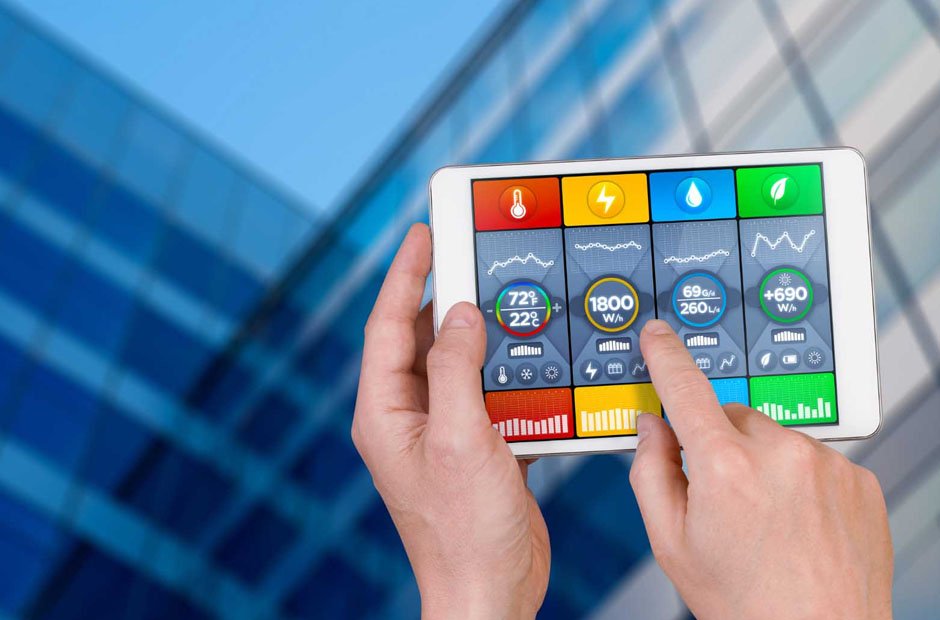Thermal monitoring has become an essential aspect of modern technology, playing a critical role in various industries ranging from healthcare and manufacturing to environmental science and consumer electronics. The ability to accurately measure and manage temperature can prevent equipment failure, ensure safety, and improve efficiency. Let’s delve into the latest advances in thermal monitoring, exploring how innovative technologies are transforming this field and making temperature management more precise and accessible.
The Importance of Thermal Monitoring
Thermal monitoring is the practice of measuring and managing temperature in different environments and applications. A reliable temperature monitoring device is crucial for maintaining the integrity of products, optimizing performance, and ensuring safety in various sectors. From preventing overheating in electronic devices to monitoring patients’ body temperatures in healthcare, accurate temperature measurement is indispensable.
Innovations in Temperature Sensing
Recent advances in temperature sensing technologies have revolutionized how we monitor and manage thermal conditions. Here are some of the latest innovations:
- Infrared (IR) Thermography: Infrared thermography is a non-contact method of measuring temperature. It uses infrared cameras to detect heat emitted by objects and create thermal images. This technology is widely used in predictive maintenance, building inspections, and medical diagnostics. Recent advancements have made IR cameras more affordable and portable, expanding their use in everyday applications such as home energy audits and automotive diagnostics.
- Wireless and IoT-Enabled Sensors: The integration of wireless technology and the Internet of Things (IoT) has significantly enhanced thermal monitoring capabilities. IoT-enabled temperature sensors can transmit real-time data to central systems, allowing for continuous monitoring and instant alerts if temperatures deviate from preset thresholds. These sensors are crucial in industries like food storage and pharmaceuticals, where maintaining specific temperatures is critical.
- Flexible and Wearable Sensors: Innovations in materials science have led to the development of flexible and wearable temperature sensors. These sensors can be integrated into clothing, medical patches, and other wearable devices, providing continuous temperature monitoring for healthcare applications. They are particularly useful for monitoring patients with chronic conditions, enabling real-time health tracking and early intervention.
- Nanotechnology: Nanotechnology has opened new frontiers in thermal monitoring. Nanomaterials, such as graphene, are used to create highly sensitive temperature sensors with rapid response times. These nanosensors can detect minute temperature changes, making them ideal for applications in scientific research and advanced manufacturing processes.
- Fiber Optic Temperature Sensors: Fiber optic sensors offer several advantages, including immunity to electromagnetic interference and the ability to measure temperature in harsh environments. These sensors use the properties of light to detect temperature changes and are used in industries like power generation, aerospace, and oil and gas exploration.
Applications of Advanced Thermal Monitoring
The latest advances in thermal monitoring have broad applications across various industries. Here are some key areas where these innovations are making a significant impact:
- Healthcare: Accurate temperature monitoring is critical in healthcare for diagnosing and managing medical conditions. Wearable sensors and non-contact infrared thermometers are increasingly used for continuous patient monitoring. During the COVID-19 pandemic, thermal imaging cameras became essential tools for screening individuals for fever, a common symptom of the virus.
- Manufacturing and Industrial Processes: Maintaining optimal temperatures is crucial in manufacturing to ensure product quality and prevent equipment failure. Advanced thermal monitoring systems can detect overheating in machinery, allowing for preventive maintenance and reducing downtime. In industries like semiconductor manufacturing, precise temperature control is essential for producing high-quality components.
- Food and Beverage Industry: Temperature control is vital in the food and beverage industry to ensure product safety and quality. IoT-enabled sensors provide real-time monitoring of storage conditions, ensuring that perishable goods remain within safe temperature ranges. These systems help prevent food spoilage and ensure compliance with safety regulations.
- Environmental Monitoring: Climate change and environmental conservation efforts rely heavily on accurate temperature data. Advanced thermal sensors are used to monitor ecosystems, track changes in weather patterns, and study the effects of global warming. These sensors provide valuable data for scientists and policymakers working to address environmental challenges.
- Consumer Electronics: As electronic devices become more powerful, thermal management becomes increasingly important. Advanced thermal monitoring solutions help prevent overheating in smartphones, laptops, and other devices, ensuring optimal performance and longevity. These technologies are also critical in developing new generations of wearable devices and smart home systems.
The Future of Thermal Monitoring
The future of thermal monitoring promises even more exciting advancements, driven by ongoing research and technological innovation. Here are some trends and developments to watch for:
- Artificial Intelligence and Machine Learning: The integration of AI and machine learning algorithms with thermal monitoring systems can enhance predictive maintenance and fault detection. These technologies can analyze vast amounts of temperature data to identify patterns and predict potential issues before they occur, improving efficiency and reducing costs.
- Enhanced Sensitivity and Precision: Advances in sensor technology will continue to improve the sensitivity and precision of temperature measurements. New materials and manufacturing techniques will enable the development of sensors that can detect even the slightest temperature variations, enhancing their applications in scientific research and industrial processes.
- Miniaturization and Integration: The trend towards miniaturization will result in smaller, more compact temperature sensors that can be integrated into a wide range of devices and systems. This will expand the use of thermal monitoring in areas such as medical implants, wearable electronics, and smart homes.
- Sustainability and Energy Efficiency: As the demand for sustainable technologies grows, thermal monitoring solutions will become more energy-efficient and environmentally friendly. Solar-powered sensors and other energy-efficient designs will reduce the environmental impact of thermal monitoring systems.
- Blockchain for Data Integrity: Blockchain technology can enhance the integrity and security of temperature data. By creating an immutable record of temperature readings, blockchain can ensure data authenticity and transparency, which is particularly important in industries like pharmaceuticals and food safety.
Final Thoughts
Thermal monitoring is an indispensable aspect of modern technology, ensuring the safety, efficiency, and quality of products and processes across various industries. The latest advances in thermal monitoring, from IoT-enabled sensors to wearable devices and nanotechnology, are revolutionizing how we measure and manage temperature. As these technologies continue to evolve, they will play an even more critical role in addressing global challenges and improving our daily lives.
Whether it’s safeguarding the quality of perishable goods, enhancing patient care, or preventing equipment failure, advanced thermal monitoring solutions are at the forefront of innovation. By embracing these technologies, we can build a safer, more efficient, and sustainable future, where precise temperature control is an integral part of our everyday lives. So, keep an eye on the latest developments in thermal monitoring – the future is heating up with possibilities.








